The China Automotive Electric Bus Market has witnessed significant growth and transformation over recent years, driven by the increasing demand for sustainable public transportation solutions, technological advancements, and strong government support for electric vehicles. The competitive landscape is characterized by various players striving for market share through innovation, enhanced production capabilities, and strategic partnerships.
Several factors contribute to this competitiveness, including the need for stricter emission regulations, the push for urban development incorporating green technologies, and the rising awareness among consumers regarding environmental impact. The presence of established manufacturers and emerging startups creates a dynamic market environment where companies are continually adapting to meet the evolving expectations of consumers and government policies alike.
Hangzhou Dajiang has established a formidable presence in the China Automotive Electric Bus Market, showcasing its strengths in manufacturing high-quality electric buses that cater to the diverse needs of urban transport. The company has harnessed cutting-edge technology to enhance the efficiency and performance of its electric buses, which have contributed to its growing popularity among municipal transportation authorities.
With a strong commitment to sustainability, Hangzhou Dajiang has positioned itself as a leader in innovation, allowing it to leverage its extensive research and development capabilities to stay ahead of market trends. The company also takes pride in its robust supply chain, which ensures the availability of high-quality components and materials necessary for the production of reliable and environmentally friendly electric buses, enhancing its competitive edge further.
BYD has emerged as a dominant force within the China Automotive Electric Bus Market, recognized for its comprehensive range of electric buses and supportive infrastructure solutions. The company offers various products catering to different segments of the market, focusing on innovation and energy efficiency. With a strong foothold in China, BYD employs advanced technologies and adheres to rigorous quality standards to deliver electric buses that meet the performance expectations of modern urban transport systems.
The company's strengths lie in its extensive manufacturing capabilities, vertical integration, and commitment to continuous improvement, which enable it to respond quickly to market demands. BYD's strategic mergers and acquisitions have bolstered its market presence, allowing it to expand its operational footprint and capabilities in the electric bus segment, further cementing its reputation as a leader in the industry within China.


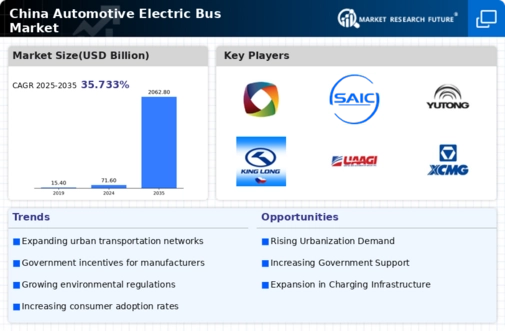


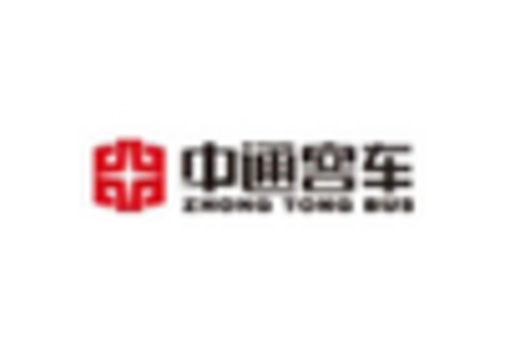

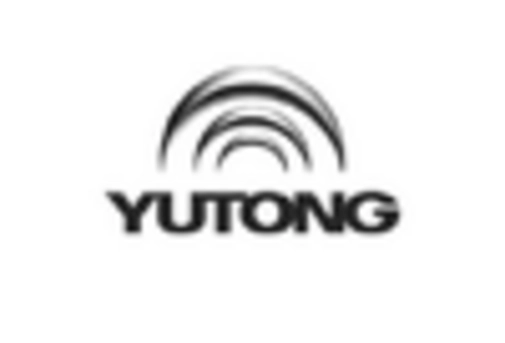
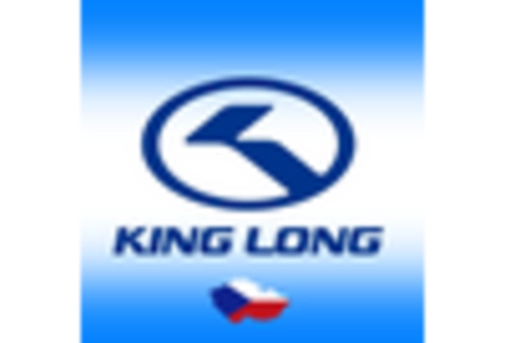
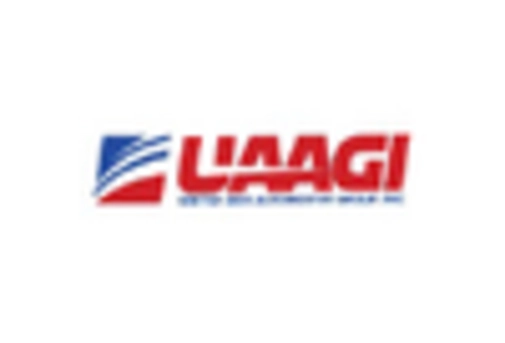
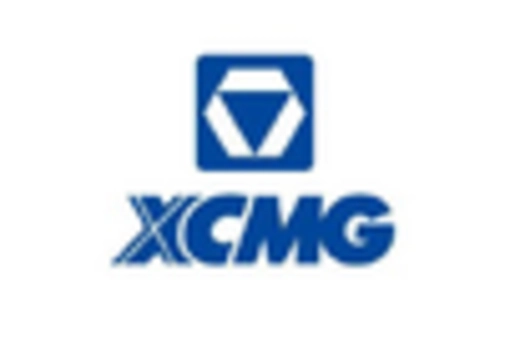








Leave a Comment